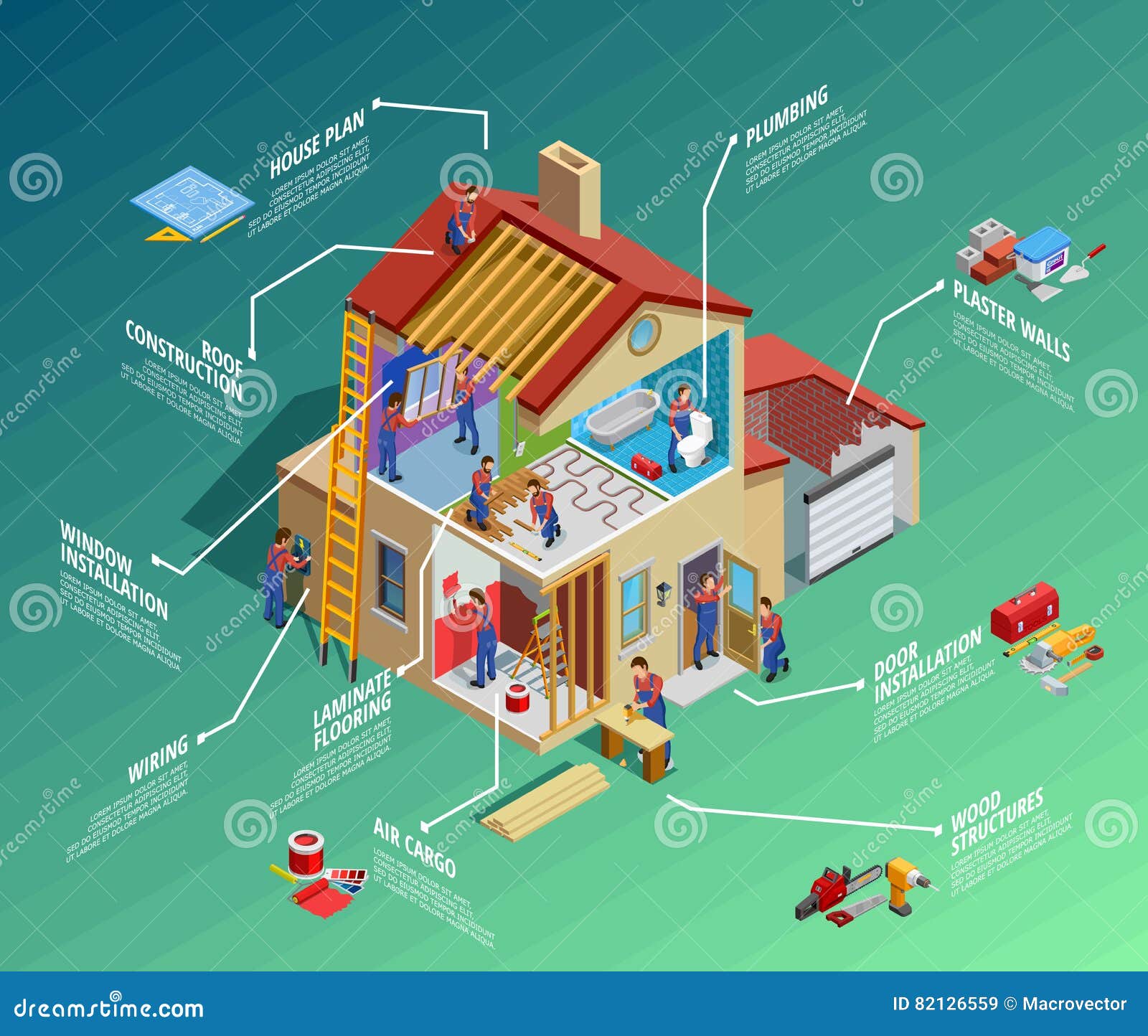Common Roofing System Installment Blunders And Exactly How To Stay Clear Of Them
Common Roofing System Installment Blunders And Exactly How To Stay Clear Of Them
Blog Article
Content Author-Lee Rogers
When you're preparing a roofing installment, it's simple to neglect critical details that can lead to significant troubles down the line. You may be tempted to reduce edges on material selection or skip appropriate flashing setup, yet these usual blunders can cause costly repairs later on. Understanding the significance of air flow and adhering to regional building ordinance is vital for a successful project. So, what are the vital steps you should take to ensure your roofing system stands the test of time? Allow's check out some reliable techniques to stay clear of these challenges.
Poor Product Choice
When it comes to roofing system installment, choosing the incorrect materials can bring about costly troubles down the line. You might think that any kind of roofing material will do, yet that's a common false impression. It's important to select products that match your neighborhood environment and the certain needs of your home.
For instance, if you stay in an area with heavy rain or snow, choosing asphalt shingles may not be the most effective selection. Rather, consider even more long lasting options like metal or slate.
In addition, take notice of the top quality of the products you're considering. Affordable products may conserve you money upfront, but they often lack long life and can lead to constant repair work or substitutes.
You ought to also think about the design of your home and make certain the materials you select will certainly keep its aesthetic appeal.
Lastly, do not fail to remember to seek advice from professionals. They can provide valuable insights and suggest materials that follow local building codes.
Investing time in proper material choice currently can help you prevent frustrations and expenses in the future, making your roofing task a success.
Inadequate Flashing Setup
Selecting the appropriate products isn't the only aspect that can bring about roof covering problems; insufficient flashing installment can likewise create significant problems. Flashing is essential for routing water far from susceptible areas, such as chimneys, skylights, and roofing system valleys. If it's not set up properly, you risk water invasion, which can bring about mold growth and structural damages.
When you install blinking, ensure it's the appropriate type for your roofing system's design and the neighborhood climate. For example, steel blinking is usually a lot more resilient than plastic in areas with hefty rainfall or snow. Ensure the flashing overlaps suitably and is secured firmly to prevent spaces where water can leak via.
You ought to also pay attention to the setup angle. Flashing need to be positioned to direct water away from the house, not towards it.
If you're not sure about the setup process or the products required, speak with a professional. They can aid recognize the very best blinking choices and make sure everything is installed appropriately, protecting your home from prospective water damage.
Taking these actions can save you time, cash, and migraines later on.
Neglecting Ventilation Needs
While lots of home owners concentrate on the aesthetic and structural facets of roofing system installation, ignoring air flow needs can bring about major long-term effects. Proper ventilation is necessary for managing temperature and wetness levels in your attic room, protecting against concerns like mold growth, wood rot, and ice dams. If gutter cleaners don't set up appropriate air flow, you're setting your roofing system up for failing.
To prevent this mistake, first, examine your home's specific ventilation needs. A balanced system typically consists of both intake and exhaust vents to advertise air movement. Ensure Recommended Online site have actually mounted soffit vents along the eaves and ridge vents at the peak of your roof covering. This combination allows hot air to escape while cooler air goes into, keeping your attic room comfortable.
Likewise, consider the kind of roof covering product you have actually picked. Some materials might call for added air flow methods. Double-check your neighborhood building codes for air flow standards, as they can differ substantially.
Ultimately, don't neglect to check your ventilation system on a regular basis. Clogs from debris or insulation can hinder air flow, so maintain those vents clear.
Conclusion
Finally, preventing usual roof covering installation mistakes is crucial to guaranteeing your roofing's durability and performance. By selecting the best products for your environment, setting up blinking effectively, and resolving ventilation requirements, you can protect against costly concerns later on. Don't forget to acquaint on your own with neighborhood building regulations and schedule routine assessments. With these actions, you'll enjoy a safe, durable roofing system that secures your home for many years ahead. Satisfied roof!
